INTERIOR DESIGN DRAWINGS LIST: 8 INDISPENSABLE TYPES OF DRAFTS FOR A PROJECT
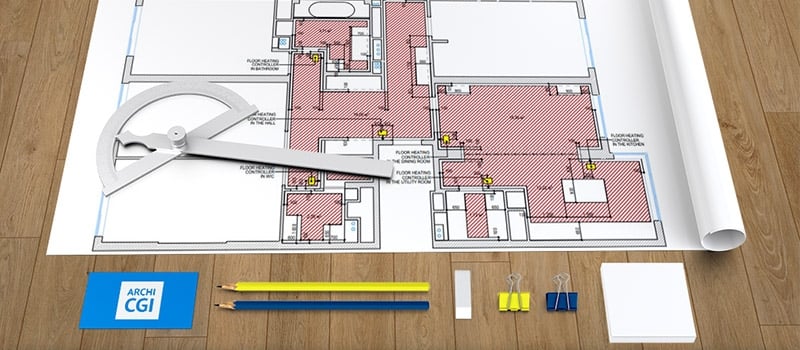
Drafting services are a crucial tool for an interior designer. Detailed technical plans are not only the basis for any renovation but also highly useful guides for contractors implementing design solutions. That’s why our CAD studio prepared an interior design drawings list with all the necessary types of drafts for successful project completion.
High-quality CAD interior drafting services can help solve all the designers’ problems. Professional draftsperson can create drafts from scratch or update old schemes to new, digital versions. Read on to learn what types of interior drawings are there and how they can help with design projects.
#1. Floor Plans
The first entry on our interior design drawings list is by far the most significant draft type. Floor plans are the foundation of interior drafting services. Essentially, they show the general layout of a property, looking from above. These drawings accurately list the spatial relations between rooms, walls, doors, windows, and other architectural elements. This way, floor plans allow one to visualize how people move through the space. They make it easier to check if the interior is suitable for the intended goal, whether a commercial or residential space.
#2. Furniture Layout
It’s no secret that an interior design can’t be complete without a detailed furniture layout. These drawings are essential to understanding the spaciousness of each room. Basically, they show a top view of the furniture within the interior and list its precise locations and sizes. As a result, these drafts can help designers make the best use of the area. So, their clients can easily visualize the organization of the space. On top of that, they can also select specific furniture and appliance models according to the dimensions of the spaces.
#3. Elevations
Comprehensive residential projects usually need a higher level of interior design detail. That’s why the planning phases often include elevation drawings. They can help determine where to place objects and other elements within a space. In turn, it will allow stakeholders and clients to visualize a building design or a house plan as a whole.
Elevations are usually scaled drawings. They present a layout of a room on a vertical plane — giving a viewer a more accurate idea of where and how things will fit together. While a floor plan provides a general overview of the space, an elevation offers a look inside the room from eye level. Thus, such draftings are indispensable for creating a kitchen design or any other renovation.
#4. Lighting Plans
A well-thought-out lighting system can transform any place significantly. That’s why lighting layouts are the next valuable element on our interior design drawings list. Such drafts refer to the placement of every light source in the space. They can aid designers in understanding if there is enough lighting for the needs and requirements of their clients. Also, based on these CAD design drawings, a specialist can easily identify energy consumption, financial, and environmental impact. Hence, lighting plans ensure a well-functioning illumination system.
Want to know more about CAD services our studio provides? Check out this archive with projects examples and learn more.
#5. Electricity Schedules
Electrical layout draftings take the fifth position on our interior design drawings list. Such interior design drawings, also known as wiring diagrams, are basically visual descriptions of the building’s circuitry, sockets, cables, and power supplies. The main goal of electrical layout design is to create a system that runs smoothly. These plans determine the accurate power distribution. This, in turn, ensures the proper operation of electrical components and devices. Electrical layouts allow contractors to guarantee that they design the system in compliance with local building regulations and standards.
#6. Plumbing Schemes
Our next entry on the interior design drawings list is absolutely necessary for any building project involving water supply, drainage, or heating systems. Plumbing layouts are schematic representations of the plumbing systems within homes. It includes the locations, sizes, and connections of water supply lines, drains, vent pipes, valves, and fixtures. An appropriately designed plumbing scheme ensures efficient water supply and waste removal. As a result, it can reduce the risks of leaks and blockages and prevent issues like backflow and cross-contamination. Finally, such interior design drawings help project stakeholders meet local regulations and codes.
#7. Reflected Ceiling Plans
A reflected ceiling plan (RCP) is a drawing that illustrates the dimensions, materials, and other elements of the ceiling. It takes its name from the concept that you’re looking down at the ceiling as though reflected onto the floor below. These interior drawings include information everyone involved in the project needs. In particular, they list the info about lighting, sprinklers, smoke detectors, or any other object on the ceiling.
Thanks to such drawings, it’s possible to understand how to raise the ceiling level or make it lower. This way, the designers can define the type of ceiling they can choose for the project. This drafting also includes sections focusing on structure and crown molding plans, which are detailed drawings of eaves and baseboards.
#8. Floor Covering Drafts
The final position on our interior design drawings list is taken by floor covering drafts. These are scale drawings of the flooring area with details about the project. Mainly, they include covering and underlay materials, positioning of seams and joints, direction of the pile, types of accessories used, or any other special features. They are also necessary for redevelopment and changing levels of the flooring. For instance, they can help incorporate steps, elevations, and thresholds in an interior design. Besides, such draftings as heating layouts can aid in constructing heated floors quickly and effectively, which is vital for contractors.
Professional drafting services can provide you with all the options from this interior design drawings list. They are essential not only for the development of design or renovation but also for its flawless implementation. Interior drafting can help designers decide on renovation solutions and understand what construction or repair works they need to organize. On top of that, contractors also need all this engineering data to execute design projects at the highest quality level.
Wonder how much high-quality drafting services cost? Check out the examples of our real projects with pricing.
Want to complete your design projects with the most satisfying results? Use our company’s drafting services to get top-notch CAD interior design drawings for your projects.

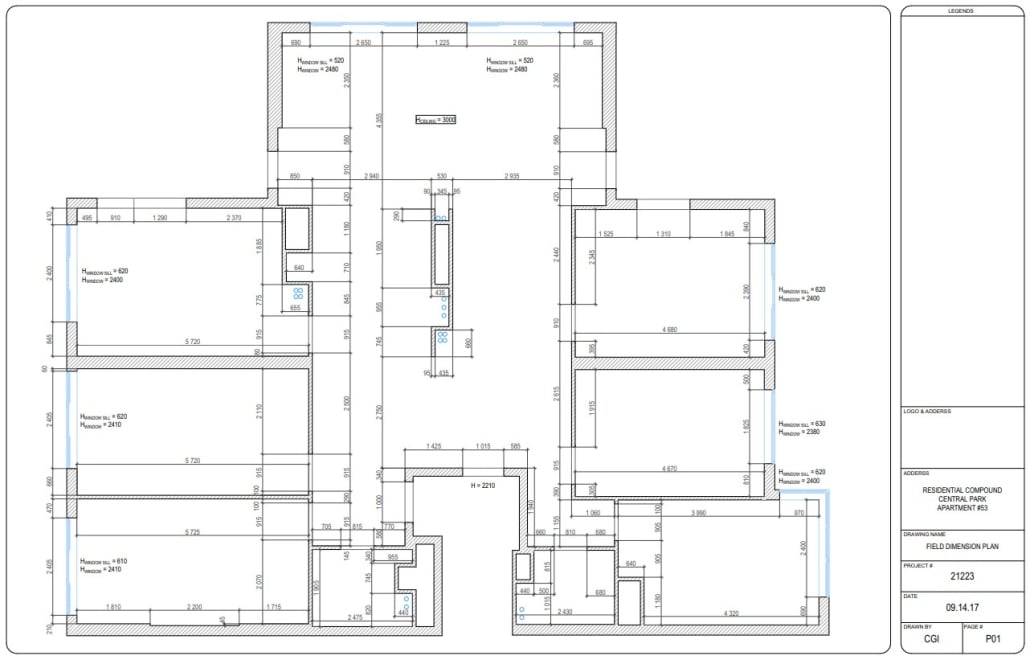
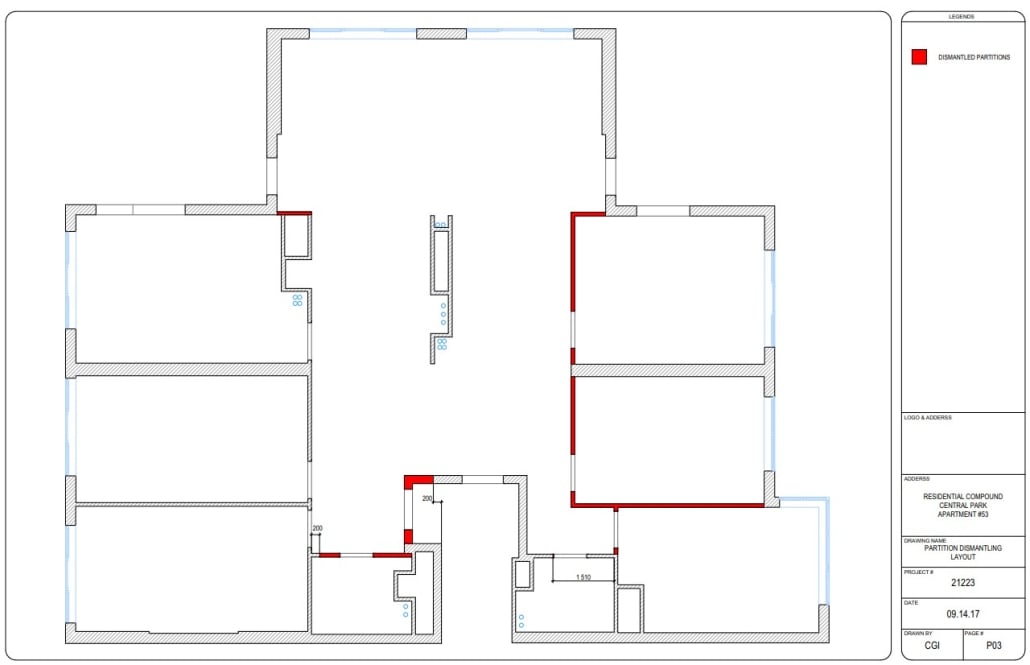
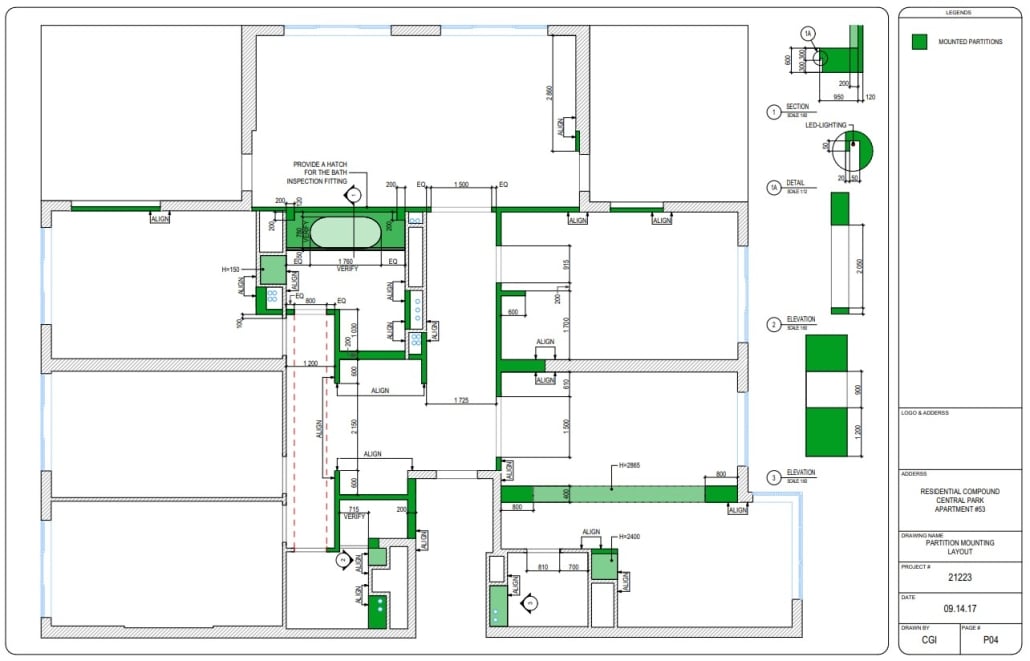
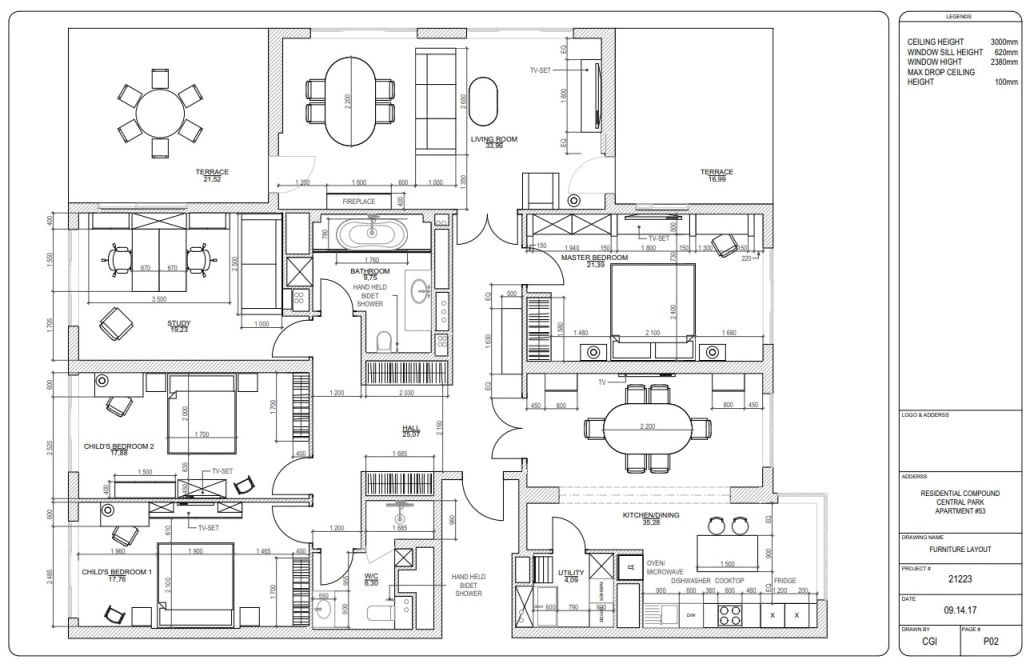
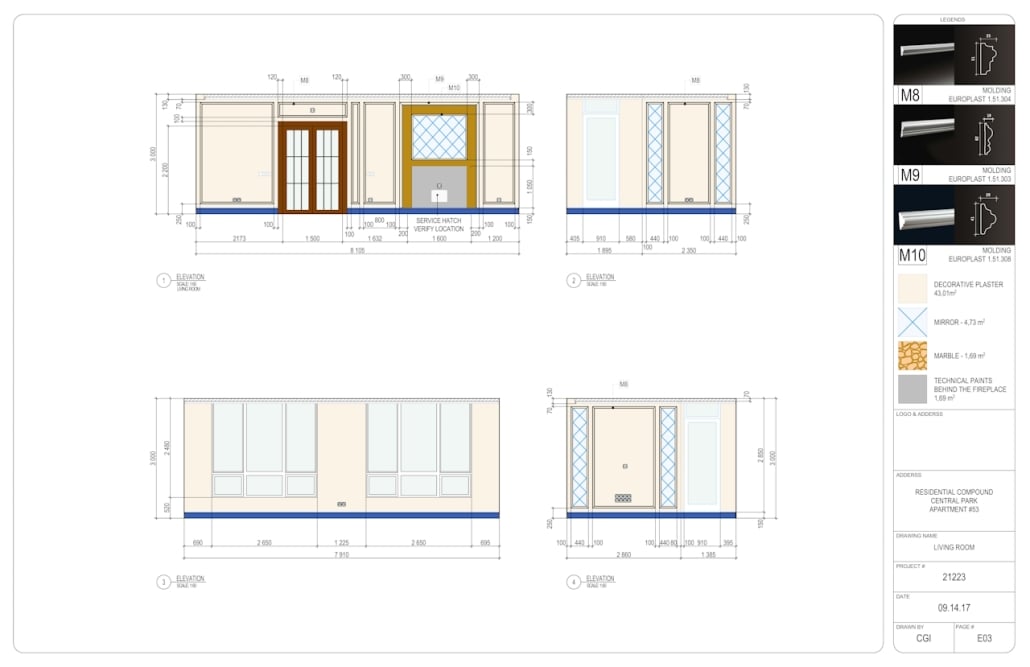
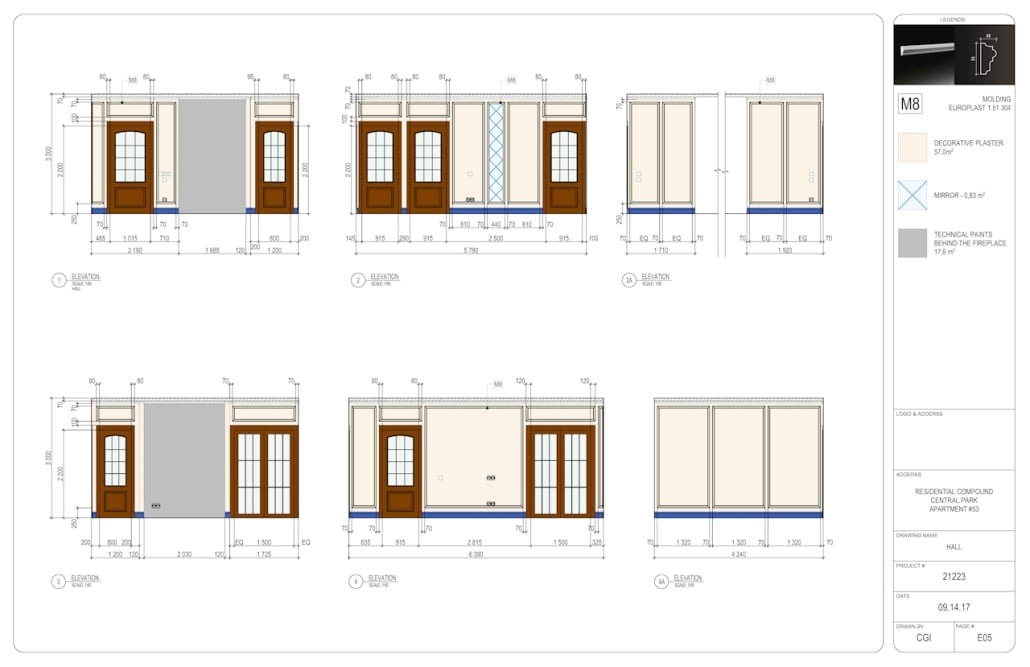
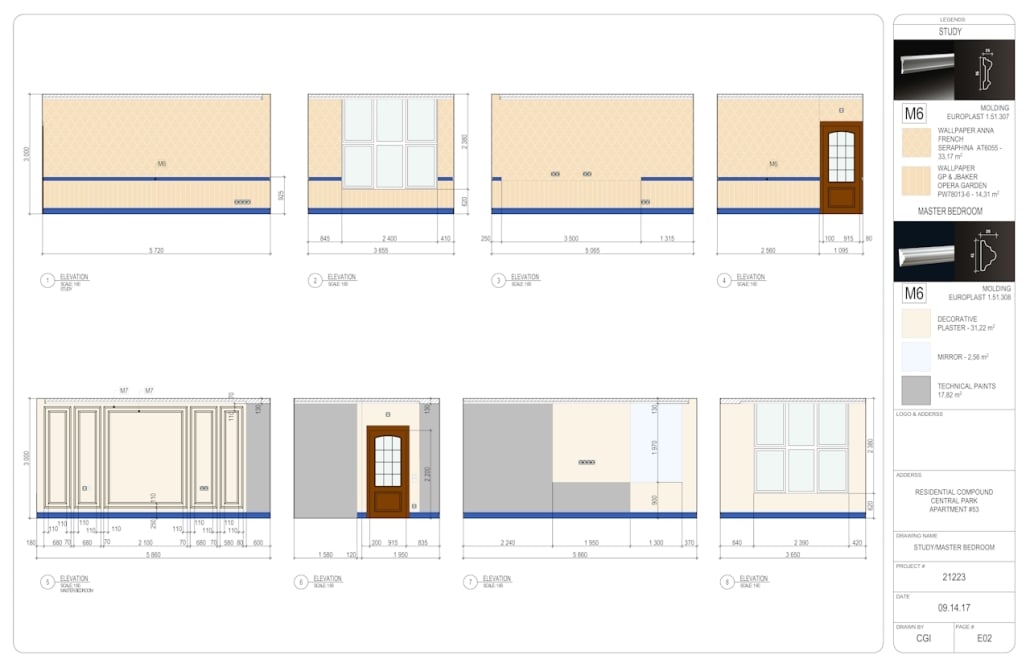
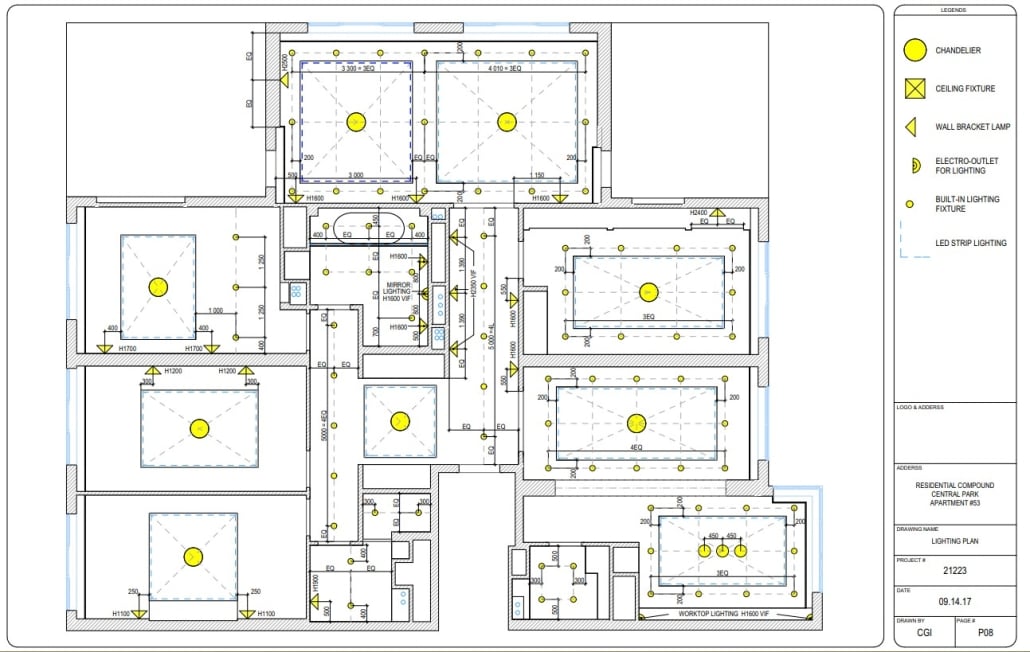
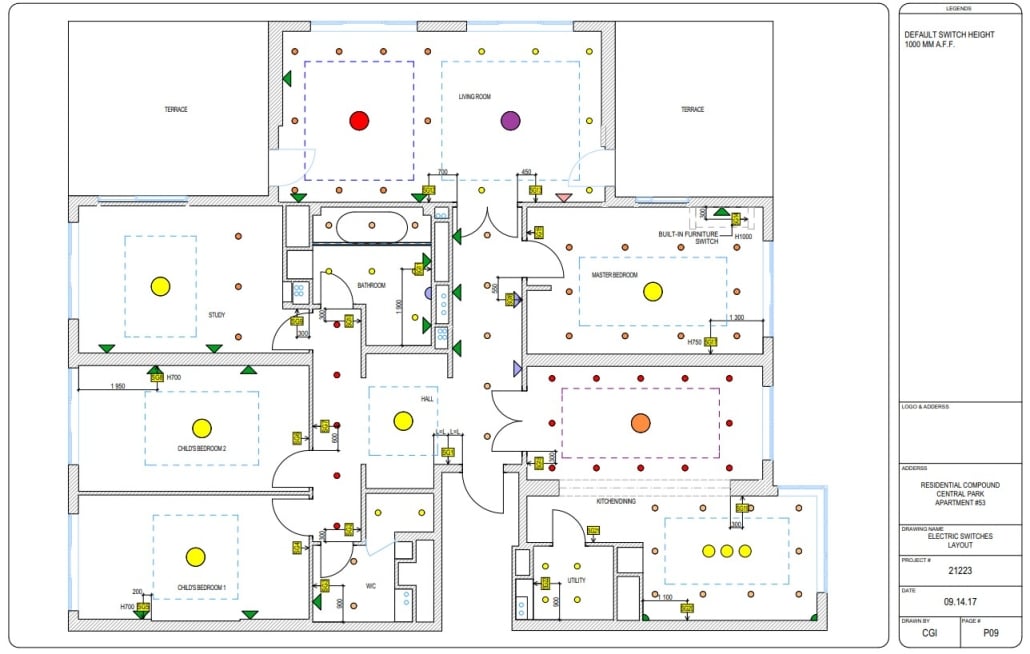
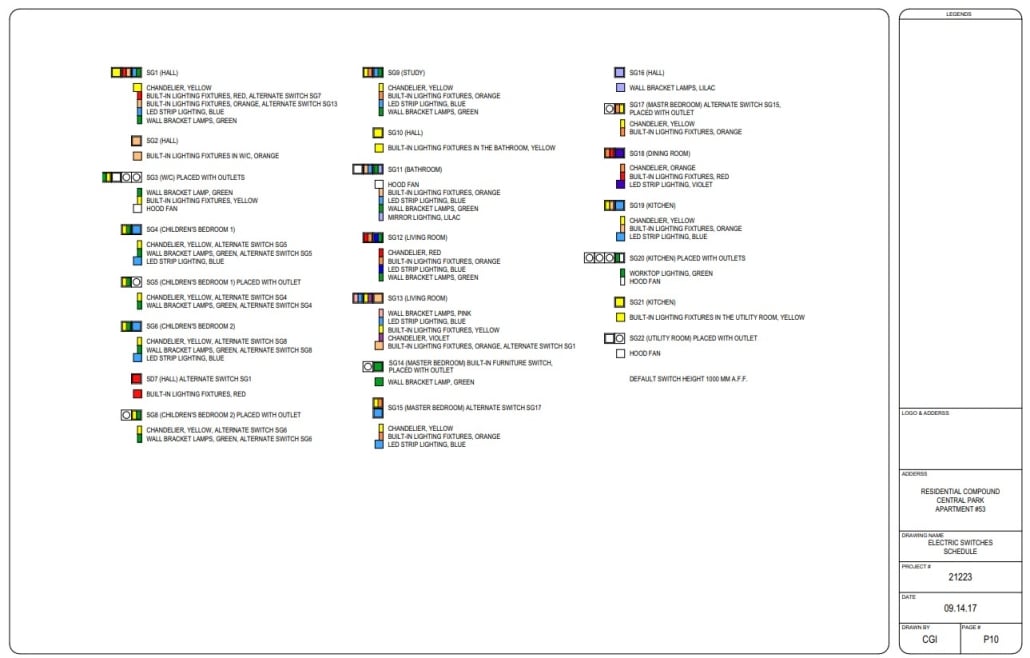

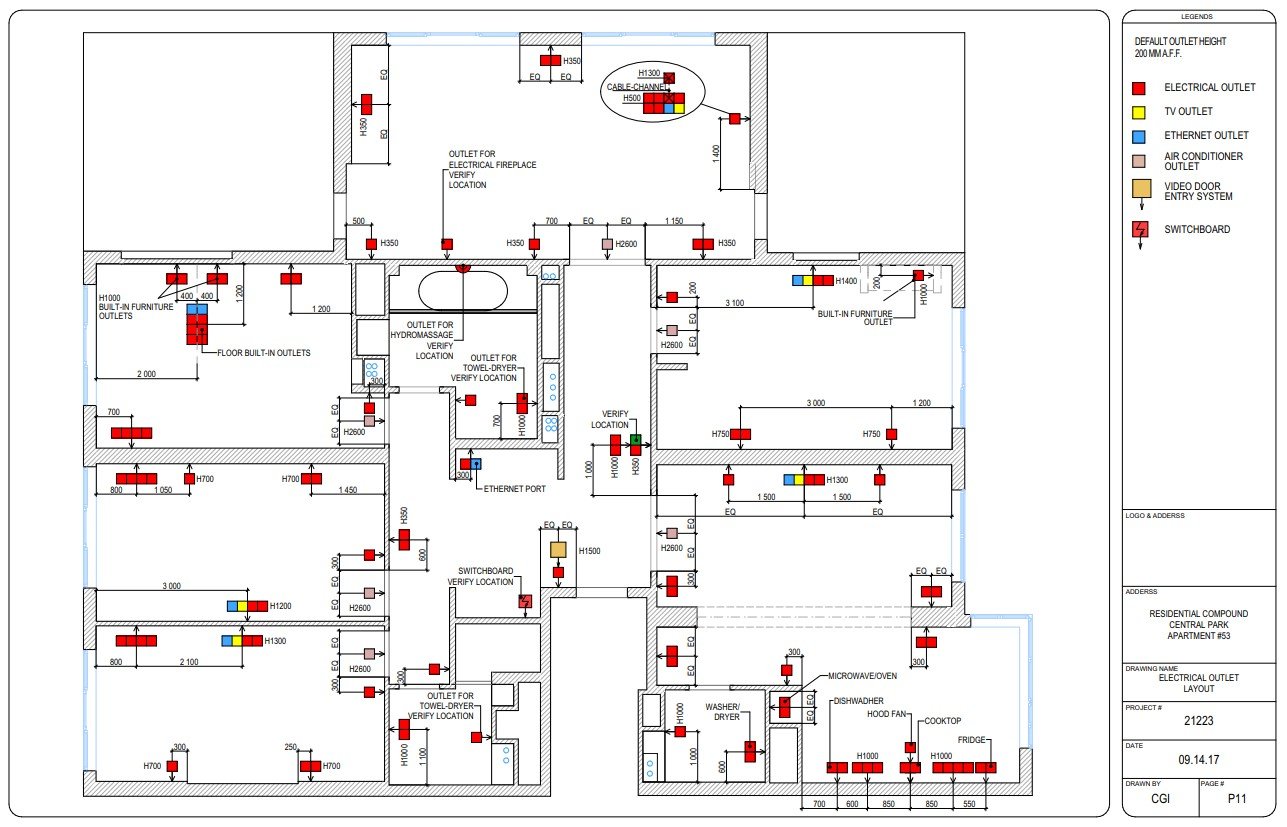

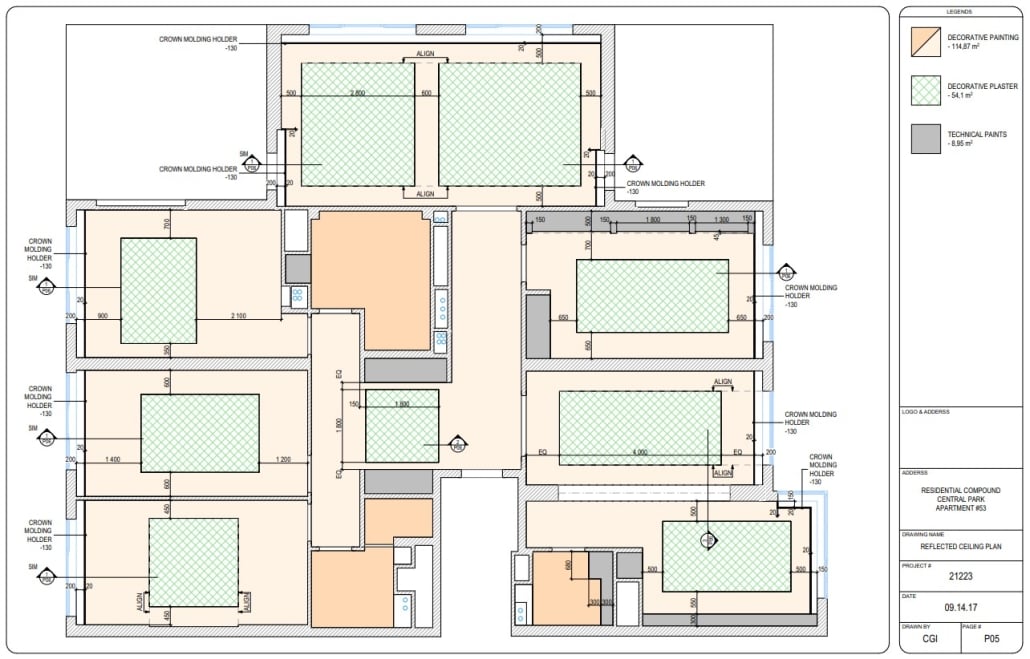
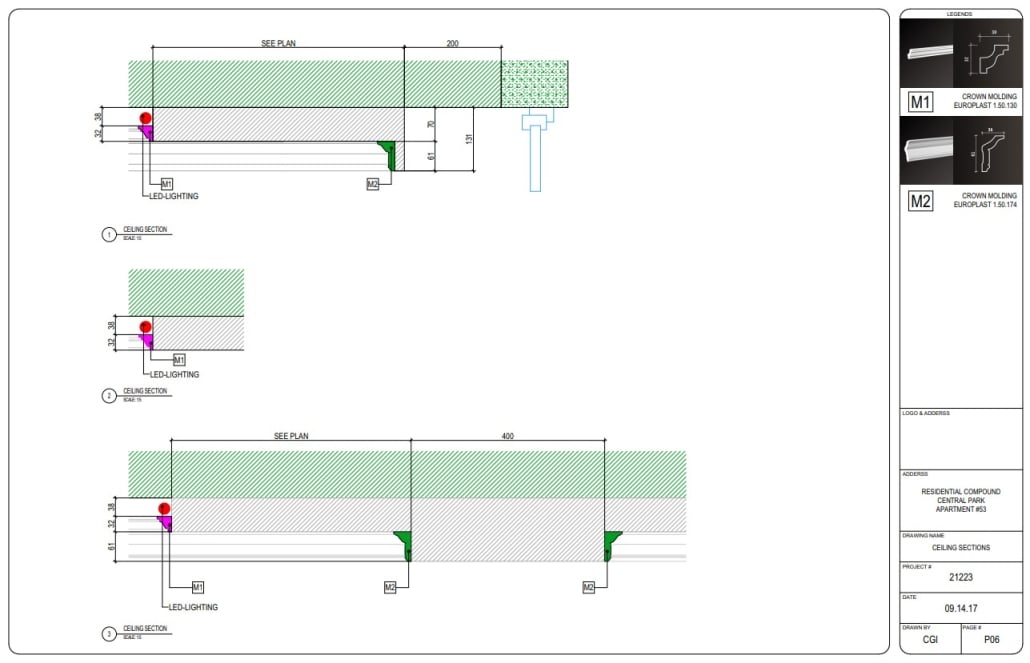
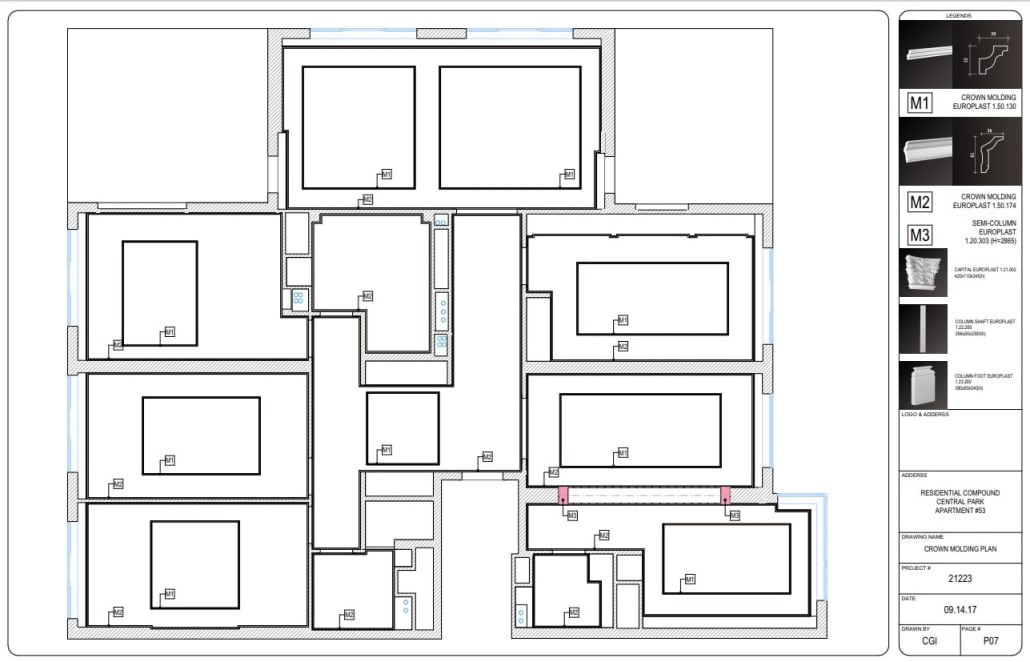
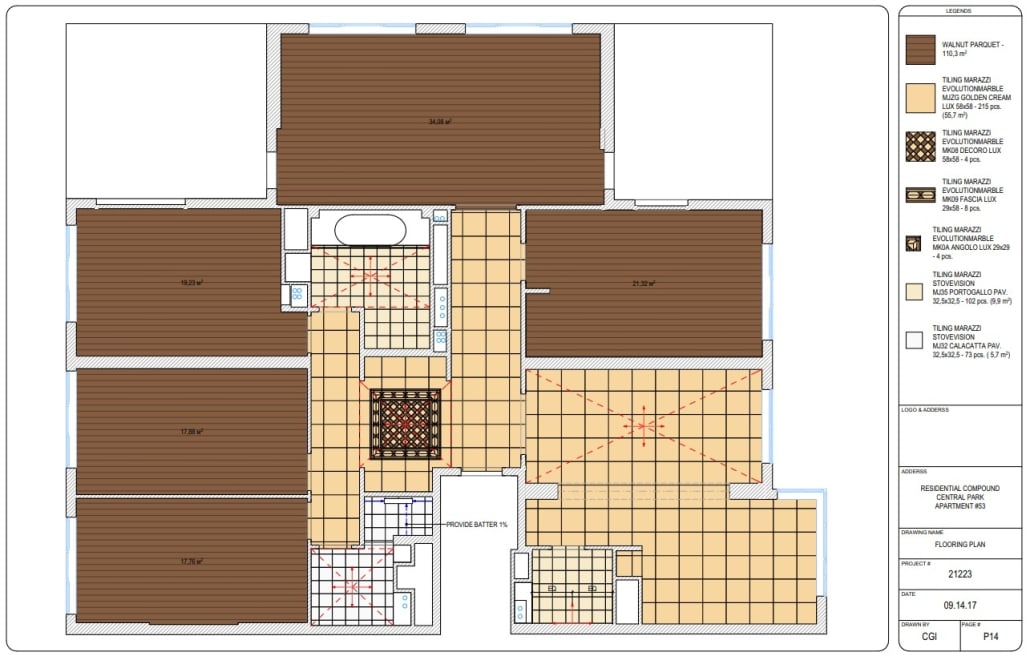
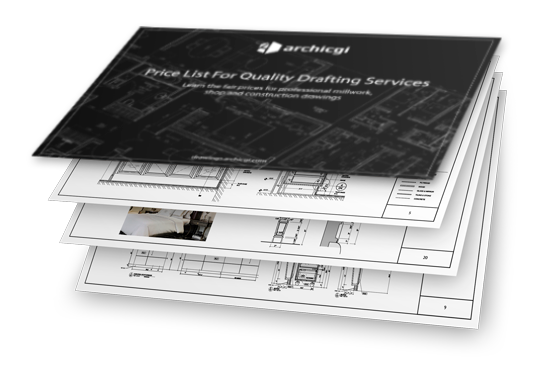

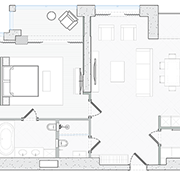
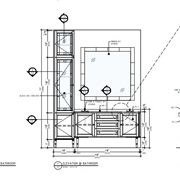

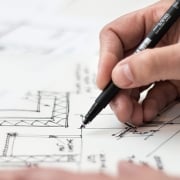
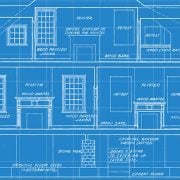
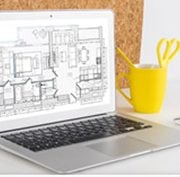


My brother wants to build his own house from the ground up, and your article had great information about different types of drawings that are involved in this process. I liked how you said a reflected ceiling plan makes it possible to understand how to raise the level of a ceiling and how to lower it. Thanks; I’ll share this with my brother to help him with the building drawings for his future home.
WOW! Everything that is required to know about planning of an house before construction is mentioned so accurately over here! Good Going!
– Team LINESGRAPH
As you mentioned, drafting is importing when having a home renovated, or a new home built. My sister is really into old colonial homes, and recently purchased one. She would like to add on to it, but doesn’t have any of the original plans. I wonder if she has considered speaking with a drafting company.